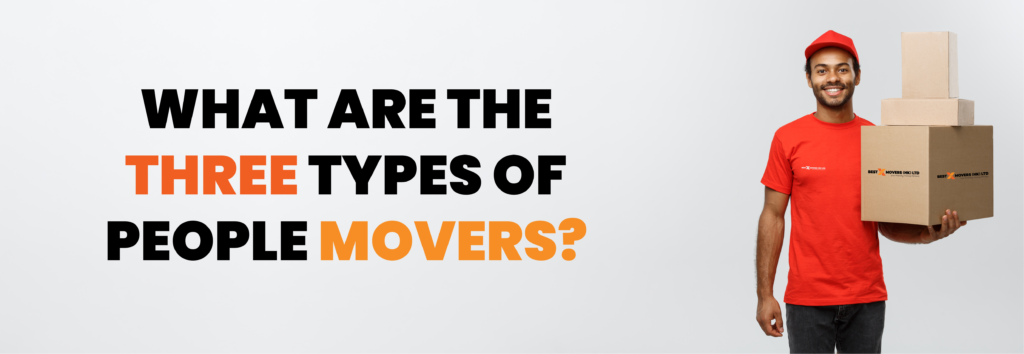What Are the Three Types of People Movers?
Basically its help people in the crowded area. Whether at airports, theme parks, or urban environments, these systems help reduce congestion and increase the efficiency of transit. While various systems exist, the most commonly used types of people movers are monorails, automated people movers (APMs), and moving walkways. Each of these systems is designed to meet specific needs and functions, making them essential in a variety of settings. 1. Monorails Monorails are a type of elevated people mover that operate on a single rail, typically suspended above ground. They are often used in airports, large urban areas, or theme parks to transport passengers over relatively short distances. The monorail system consists of a vehicle that runs along a track, usually elevated to avoid congestion below. Monorails are known for their smooth ride, efficient use of space, and high-speed capabilities. Advantages: Disadvantages: 2. Automated People Movers (APMs) Automated People Movers (APMs) are fully automated transit systems typically used in airports, resorts, and large corporate or industrial areas. These systems generally consist of small, electric vehicles that operate on a fixed track, moving passengers from one station to another. APMs can operate on the ground, underground, or elevated tracks. A key feature of APMs is their automation. They require little to no human intervention, making them incredibly efficient and cost-effective. Commonly found in busy airports, APMs help passengers travel quickly between terminals, reducing walking distances significantly. Advantages: Disadvantages: 3. Moving Walkways (Travelators) Moving walkways, also known as travelators, are conveyor belts that move horizontally, helping passengers travel longer distances with less effort. Typically found in airports, malls, and other public spaces, these walkways allow individuals to walk on them, reducing the time it takes to cover large distances. They are perfect for areas where people typically need to walk long distances but don’t necessarily need to sit or be confined to a specific vehicle. Advantages: Disadvantages: Conclusion Each of the three types of people movers—monorails, Automated People Movers (APMs), and moving walkways—serves a unique purpose and provides different benefits depending on the environment. Monorails are perfect for high-speed, elevated transit; APMs excel in efficient, automated transportation over set routes; and moving walkways provide an easy and accessible solution for moving people over short distances. Understanding these differences can help cities and companies select the most suitable system for their transportation needs, improving efficiency and convenience for everyone involved. Visit :-BestMoversHK.

